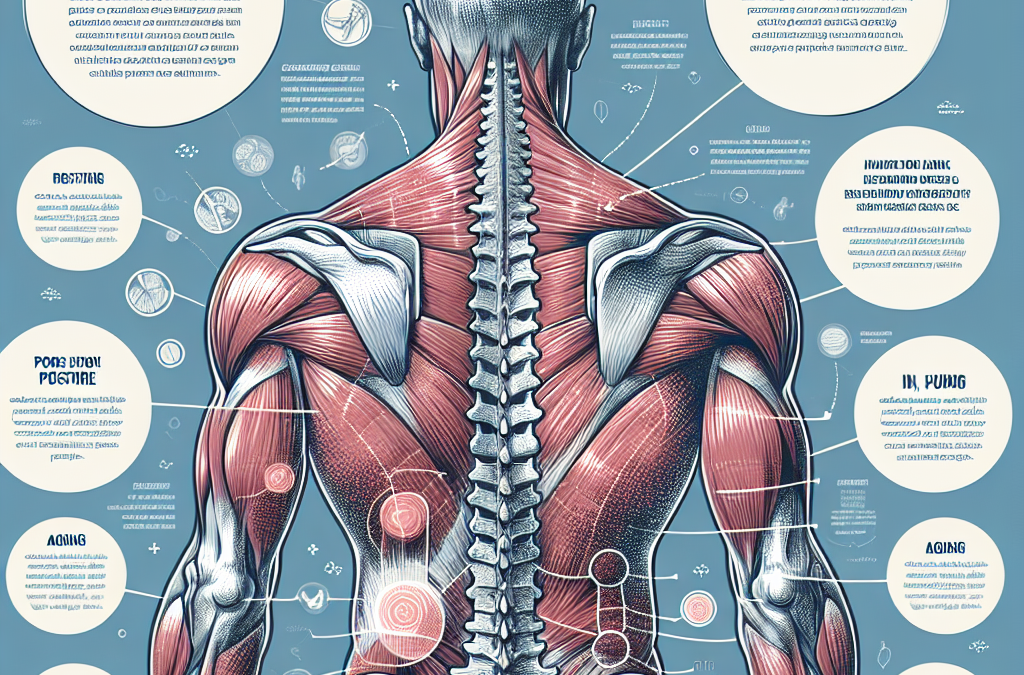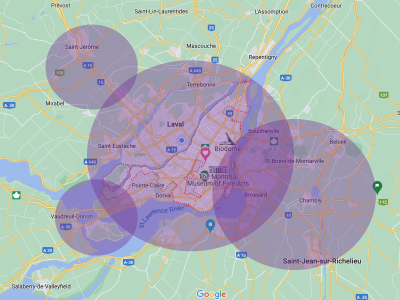Understanding the Causes of Back Pain: A Complete Guide
Introduction
Back pain is a common ailment that affects millions of people worldwide. It can range from mild discomfort to severe, debilitating pain that can greatly impact a person’s quality of life. Understanding the causes of back pain is essential in order to properly diagnose and treat the condition. In this complete guide, we will explore the various factors that can lead to back pain and provide valuable information on how to effectively manage and alleviate the symptoms.
Anatomy of the Back
Before delving into the causes of back pain, it is important to understand the anatomy of the back. The back is a complex structure that is made up of bones, muscles, ligaments, and nerves. The spine, also known as the vertebral column, is composed of 33 vertebrae stacked on top of each other. Between each vertebra is a cushion-like structure called a disc, which helps to absorb shock and provides flexibility to the spine. The back is divided into three main regions: the cervical spine (neck), thoracic spine (upper back), and lumbar spine (lower back).
Common Causes of Back Pain
1. Muscle Strain
One of the most common causes of back pain is muscle strain. This can occur as a result of overuse, poor posture, or sudden movements. When the muscles in the back are overstretched or torn, it can lead to pain and discomfort. Muscle strain can also be caused by lifting heavy objects improperly or engaging in strenuous physical activities without proper warm-up.
2. Disc Herniation
Another common cause of back pain is disc herniation. This occurs when the soft inner core of a spinal disc protrudes through the tough outer layer and puts pressure on nearby nerves. Disc herniation can result in sharp, shooting pain that radiates down the legs, known as sciatica. Factors such as age, genetics, and lifestyle can contribute to the development of disc herniation.
3. Arthritis
Arthritis is a condition that causes inflammation in the joints, including those in the back. Osteoarthritis, the most common form of arthritis, is characterized by the breakdown of cartilage in the joints. This can lead to pain, stiffness, and decreased mobility in the affected area. Rheumatoid arthritis is another type of arthritis that can affect the spine and cause back pain.
4. Spinal Stenosis
Spinal stenosis is a condition in which the spinal canal narrows and puts pressure on the spinal cord and nerves. This can result in pain, numbness, and weakness in the back and legs. Spinal stenosis is often associated with aging, as the tissues in the spine can degenerate over time and lead to this condition.
5. Scoliosis
Scoliosis is a condition characterized by an abnormal curvature of the spine, which can cause back pain and discomfort. This condition can be congenital or develop during adolescence. Scoliosis can lead to muscle imbalances, postural issues, and pain in the back.
6. Injuries
Injuries such as fractures, sprains, and strains can also cause back pain. Traumatic events such as car accidents, falls, or sports injuries can damage the structures in the back and result in pain. It is important to seek medical attention if you have experienced a back injury in order to receive proper treatment and prevent further complications.
7. Poor Posture
Poor posture is a common contributor to back pain, especially in this modern age of sedentary lifestyles and excessive screen time. Slouching, hunching over a computer, or standing with improper alignment can put strain on the muscles and ligaments in the back. Over time, poor posture can lead to chronic back pain and other musculoskeletal issues.
8. Obesity
Carrying excess weight can put added stress on the spine and lead to back pain. Obesity is a risk factor for various musculoskeletal conditions, including osteoarthritis and disc herniation. Maintaining a healthy weight through diet and exercise can help alleviate back pain and improve overall well-being.
Diagnosis and Treatment
If you are experiencing back pain, it is important to seek medical attention in order to receive an accurate diagnosis and appropriate treatment. A healthcare provider will conduct a physical examination, review your medical history, and may order imaging tests such as X-rays or MRI scans to determine the underlying cause of your pain. Based on the diagnosis, a treatment plan will be recommended to help alleviate your symptoms and improve your quality of life.
Treatment options for back pain may include:
1. Medications: Over-the-counter or prescription medications such as nonsteroidal anti-inflammatory drugs (NSAIDs), muscle relaxants, or pain relievers may be prescribed to alleviate pain and inflammation.
2. Physical therapy: A physical therapist can design a personalized exercise program to strengthen the muscles in the back, improve flexibility, and correct posture. This can help alleviate pain and prevent future injuries.
3. Chiropractic care: Chiropractic adjustments and spinal manipulations can help realign the spine, reduce pain, and improve mobility. This alternative therapy can be effective for certain types of back pain.
4. Injection therapies: Injections such as corticosteroids or nerve blocks may be used to reduce inflammation and alleviate pain in the back.
5. Surgery: In severe cases of back pain that do not respond to conservative treatments, surgery may be recommended. Procedures such as discectomy, laminectomy, or spinal fusion may be performed to relieve pressure on the nerves and stabilize the spine.
Prevention and Management
In addition to seeking medical treatment for back pain, there are several strategies that can help prevent and manage the condition:
1. Maintain good posture: Practice proper body mechanics when sitting, standing, and lifting objects. Avoid slouching and use ergonomic devices such as a supportive chair or standing desk to maintain correct alignment.
2. Stay active: Engage in regular exercise to strengthen the muscles in the back and improve flexibility. Low-impact activities such as swimming, yoga, or walking can help keep the spine healthy and reduce the risk of back pain.
3. Maintain a healthy weight: Eat a balanced diet and exercise regularly to achieve and maintain a healthy weight. Excess weight can put strain on the spine and contribute to back pain.
4. Practice stress management: Stress and anxiety can exacerbate back pain. Incorporate relaxation techniques such as deep breathing, mindfulness, or meditation into your daily routine to reduce tension and promote healing.
5. Use proper lifting techniques: When lifting heavy objects, bend at the knees, keep your back straight, and use your legs to lift the weight. Avoid twisting the spine and ask for assistance if the object is too heavy.
Conclusion
Back pain is a prevalent condition that can have a significant impact on a person’s daily life. By understanding the causes of back pain and implementing preventive measures, individuals can reduce their risk of developing this condition and effectively manage their symptoms. If you are experiencing back pain, seek medical attention to receive an accurate diagnosis and appropriate treatment. With the right approach, you can alleviate pain, improve mobility, and enhance your overall quality of life.





